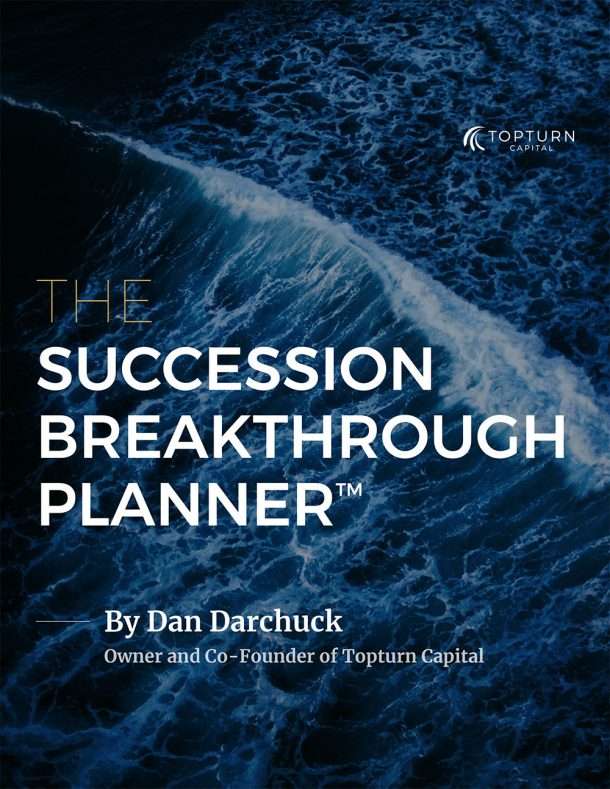The oldest and strongest emotion of mankind is fear, and the oldest and strongest kind of fear is fear of the unknown.
~ H.P. Lovecraft
It’s June 2020 and the world continues to experience significant upheaval in multiple realms. It’s difficult to know right now what the outcomes from the pandemic, the economic downturn, and civil unrest will be in either the near or the long term. Uncertainty is everywhere, and the future seems foggier than it has been in a long time, leaving us with anxiety, stress, and potentially lowered coping capacity.
We can see this in some of the decisions people made at the start of the pandemic, with items like toilet paper and bottled water flying off the shelves. We didn’t know how the virus would truly impact us so some folks chose to make these purchasing choices, and others followed, hoping somebody knew what they were doing. It’s funny how we react to fear and risk.
As we start to gather more data, we sometimes change our reactions to risk – which we’ve seen again, as toilet paper and bottled water return to the shelves. As direction is provided about how to keep ourselves safe, we start to make use of this information, and change our behaviors. We adjust our tolerances, and preferences.
As the pandemic made its way across the world, we experienced an unprecedented, record drop in the market as economies shut down globally. The change was more rapid than at any other time in history. We had never seen a drawdown like this before, and the ensuing bounce-back has been, quite possibly, even more surprising than the drop.
Despite unemployment numbers not seen since the Great Depression, and businesses closing across the country, the speedy drop in market prices was followed by an equally speedy bounce.
It all comes back to fear.
Putting a finger on the fear connected to the drop is easy, but how about identifying the fear inside the optimistic rise? That is a little more difficult. The truth is there’s nothing really to suggest that there was good data behind the bounce; there’s really no information that indicates the economy will be back to a full head of steam three months from now. So where is the hope? Perhaps it is just a flipside to the fear – simply a reaction to fear itself, rather than data and careful analysis.
In the search for the answer to the hope question noted above, it is interesting to note that a lot of the initial bounce was driven by just a handful of stocks, mostly in the area of large cap growth, despite the fact that this is not typically where we see strength coming out of a recession. Generally we’d see strength in more cyclical investments when a recession is ending. However, the current power has come from companies that would tend to do well when people are at home, such as online retailers, and consumption of home-based activities. This is actually a defensive, rather than a growth, posture. It’s a reaction to perceived risk.
Managing risk is one of the key components of a strong investment strategy.
Recently, a friend asked for my thoughts on target date funds. These funds are set up with an allocation that adjusts based on your age, sticking with the convention that your portfolio should become more conservative as you get closer to retirement.
It is an attempt to allow for the fact that, once in retirement, we are living off of some portion of our investment assets, and are facing what is known as sequencing risk or sequence of return risk. This risk would basically mean that if, at the start of our retirement, we are drawing on our account during years that are producing negative market returns, our likelihood of not having enough to last the balance of our lifetime would increase.
For example, let’s say I had retired at the end of 1999, when the market, beginning in the year 2000, went down almost three years in a row (2000, 2001, and a good part of 2002). I would have been drawing on my portfolio at the same time the market was not doing my account any favors! Further compounding the issue, it took around 8 years for the S&P500 to recover, which meant I would have been spending principal in order to maintain lifestyle. The effect on my long term ability to sustain my retirement would have been enormous!
Sequencing risk is what target date funds are in part trying to address when they reallocate more and more of your portfolio towards bonds as your age marches inevitably forward.
Given the risk, it’s understandable that people often lean towards age-based asset allocation methods. This was not necessarily a bad thing in past years when returns on bonds were able to meet the spending requirements of many people living off of their assets. If an investor was spending the equivalent of 4% of their assets each year in retirement, this was completely achievable when interest rates were in the range of 4% – 7%.
The problem is that today’s interest rate environment is entirely different.
This creates a potential dilemma of susceptibility to perhaps the biggest risk of all; shortfall risk – the risk of completely running out of money. No one wants to run out of money, particularly in the latter years of retirement when work is less possible.
The wealth management industry has focused on asset allocation as the solution to managing this specific risk. At the same time, it generally ignored focusing on the specific income needs of the investor. In times past, when interest rates were much higher, it wasn’t a big deal, but today when the treasury is paying 0.6%, we have to adjust our focus.
Not only is the interest rate environment low, but forward looking forecasts for equity returns are also relatively low, with long term projections in the area of 6% to 7% annualized over the next decade. If this holds true, then a traditional 60/40 portfolio might produce something like a 4% total return.
If you’re in a target date fund that pushes you further and further into bonds as your age increases, your shortfall risk increases commensurately. The returns you need are simply not there.
Given this reality, how can we improve the odds against running out of money without subsequently taking on more risk in the form of increased volatility?
It may involve looking beyond the traditional view of using bonds as your lower risk solution. Instead, you may benefit from being more tactical. This means scaling up, and scaling down, your risk exposure as the environment changes around you. When risk is favorable – and you have a way to determine that – you add more risk (and therefore return potential) to your portfolio. This requires thinking out a little further than one month, or three months. It involves the creation of a dynamic portfolio that allows you to tactically, thoughtfully, overweight or underweight in risk areas as change occurs.
This more refined view opens your horizons to possibilities other than bonds to provide you with a method to help control the downside, and can potentially make all the difference to the viability of your portfolio throughout your retirement.
Greg Stewart | CIO


